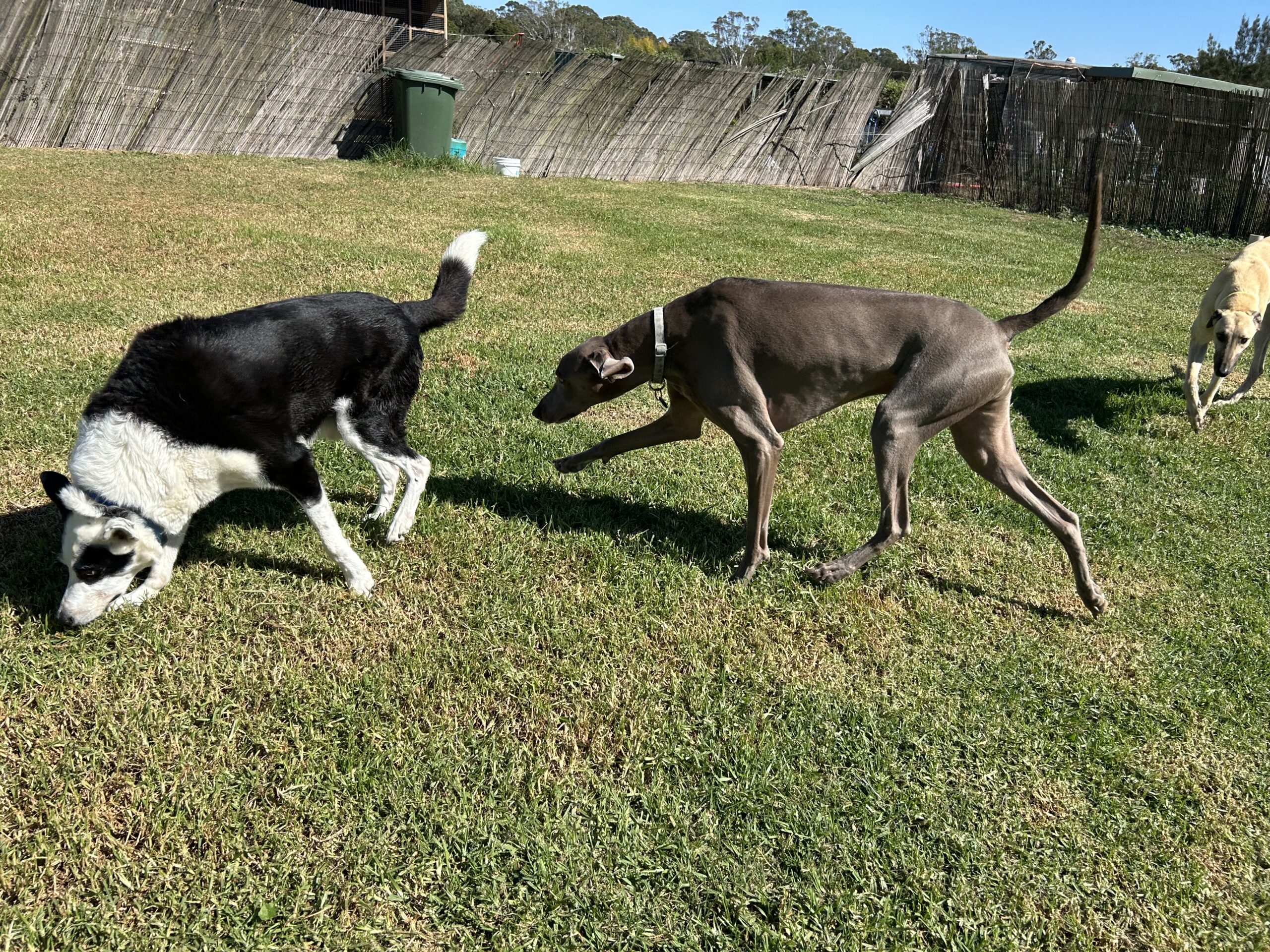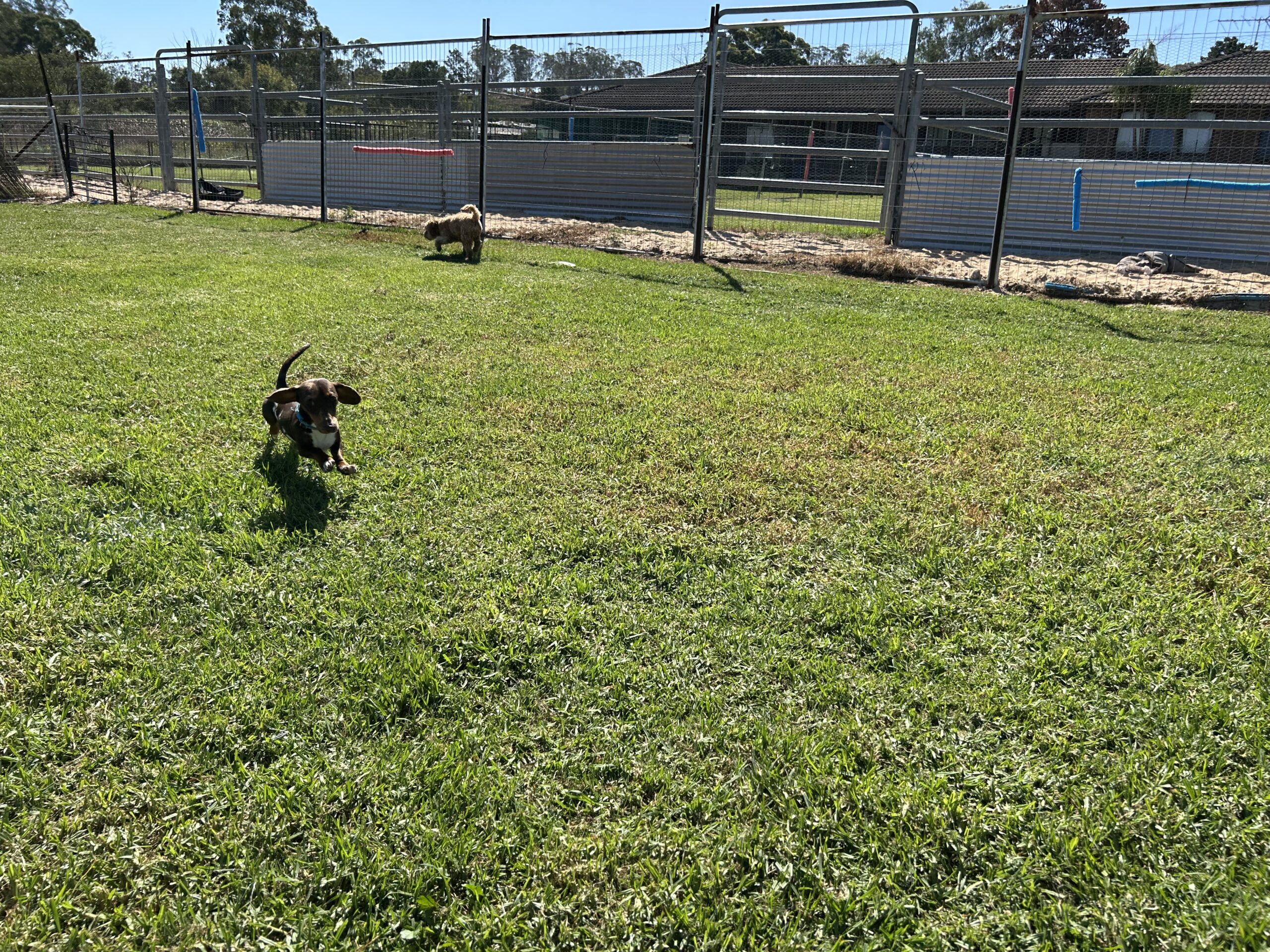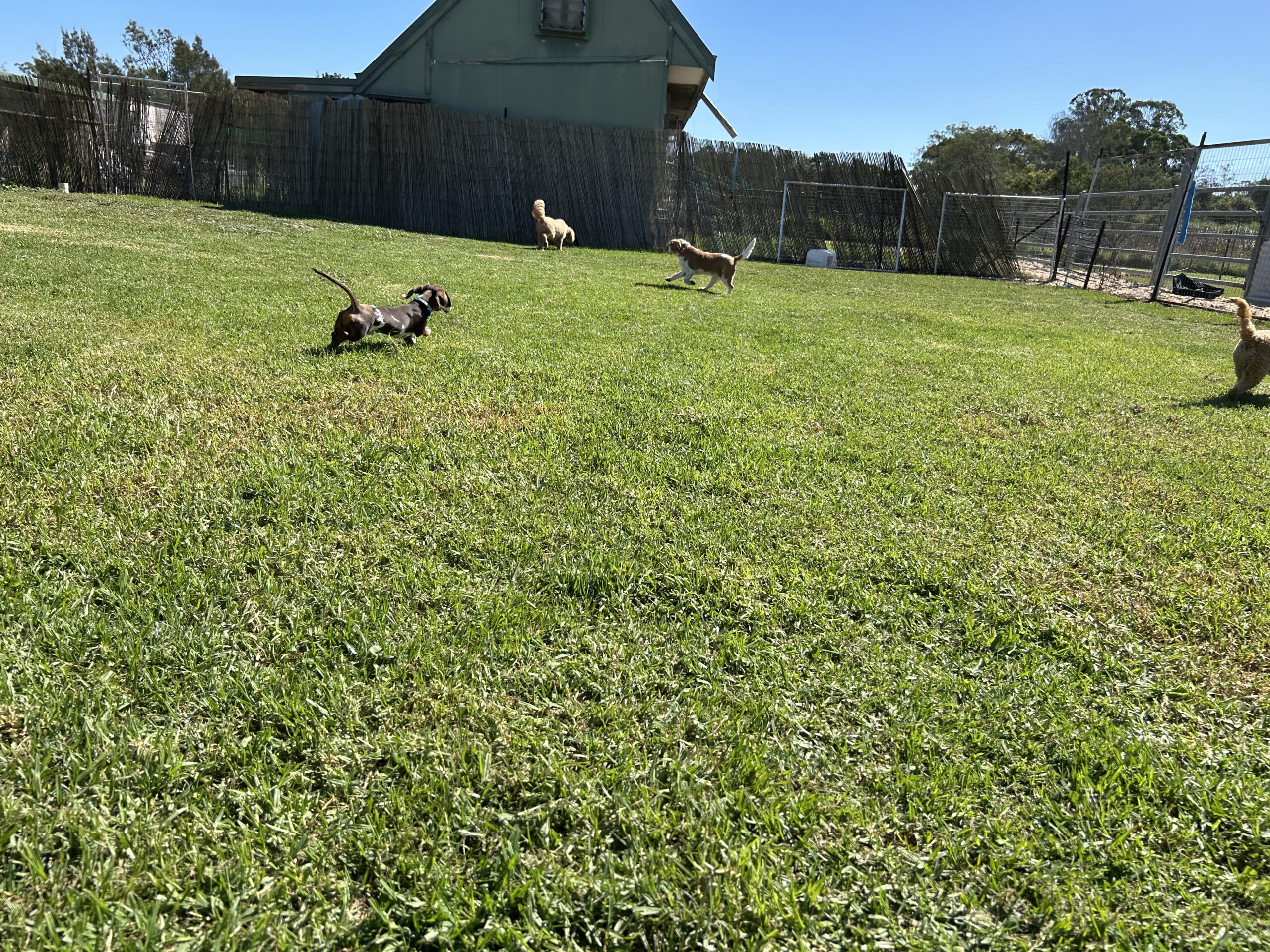Puppy Training Tips for Beginners
Key Takeaways
- Start training your puppy as early as 8 weeks old using positive reinforcement
- Consistency is crucial – all family members should use the same commands and rules
- House training typically takes 4-6 months, with smaller breeds needing more time
- Socialisation between 3-16 weeks creates confident, well-adjusted adult dogs
- A tired puppy is a well-behaved puppy – ensure adequate physical and mental exercise
- Professional puppy training classes can provide structure and expert guidance
- Patience is essential – puppies learn through repetition and positive associations
Understanding Your Puppy’s Behaviour
Bringing home a new puppy is exciting, but do you truly understand what drives those adorable yet sometimes frustrating behaviours? Puppies aren’t born knowing our rules. They explore their world through their mouths, have endless energy, and need clear guidance to become well-mannered adult dogs.
What makes puppy training successful? The answer lies in understanding canine development. Young pups experience critical learning periods where their brains are exceptionally receptive to new experiences. Did you know that between 3-16 weeks, puppies form lasting impressions about their environment? This period shapes their future personality and behaviour patterns.
Puppies communicate differently than humans. They use body language, vocalisations, and energy levels to express needs and emotions. Learning to read these signals transforms your training approach. When your puppy tucks their tail, what are they telling you? When they bow with their front legs lowered and rear raised, what game are they inviting you to play?
For specialised help with puppy behaviour, Canine Boarding Lodge offers expert guidance that can make the difference between training struggles and success.
Essential Supplies for Puppy Training Tips for Beginners
Starting your puppy training journey requires proper tools. The right equipment makes training more effective and enjoyable for both you and your furry student.
First priority? A suitable collar or harness paired with a strong lead. For young puppies, lightweight options prevent neck strain while providing necessary control during walks. As your pup grows, you’ll need to adjust sizing regularly.
Training treats form the cornerstone of positive reinforcement. Small, soft, and intensely flavoured treats work best as they’re quickly consumed without disrupting training flow. Many trainers recommend cutting commercial treats into smaller pieces – your puppy doesn’t care about size but responds to the taste reward!
Have you considered clickers for marking desired behaviours? These small devices create a distinct sound that precisely identifies when your puppy has done something right. The sharp “click” marks the exact moment of good behaviour, followed by a treat reward. This clarity helps puppies understand exactly which action earned them praise.
Other essentials include:
- Long leads for recall training (5-10 metres)
- Treat pouches that attach to your waist for easy access
- Puppy-safe chew toys to redirect inappropriate mouthing
- Baby gates for creating safe training spaces
- Enzymatic cleaners for inevitable house training accidents
For first-time puppy owners, affordable puppy boarding can provide valuable training support when you need temporary care that maintains your training progress.
House Training Your Puppy: Puppy Training Tips for Beginners
House training represents one of the first major challenges for new puppy owners. How quickly can you establish reliable toilet habits? This process requires vigilance, consistency and understanding your puppy’s physical limitations.
Young puppies have limited bladder control. Their tiny bodies simply cannot “hold it” for extended periods. A general rule? For each month of age, puppies can control their bladder for roughly one hour (maximum 3-4 hours for very young puppies). This biological reality shapes your house training schedule.
Creating a toilet training routine works brilliantly. Take your puppy outside:
- Immediately upon waking
- After meals and drinking
- Following play sessions
- Before bedtime
- Every 1-2 hours during the day initially
Watch for warning signs! Circling, sniffing the ground, whining, or suddenly stopping play often indicate your puppy needs to eliminate. React quickly by taking them to their designated toilet area.
Accidents happen despite your best efforts. How you respond matters enormously. Never punish a puppy for toileting indoors – this creates fear and confusion rather than learning. Instead, interrupt accidents calmly if caught in the act and immediately move the puppy outside. Clean accidents thoroughly with enzymatic cleaners that eliminate odours completely.
For overnight care that maintains house training progress, consider puppy overnight boarding services with staff who understand and support your training goals.
Basic Commands and Obedience Training
Mastering fundamental commands creates the foundation for a well-behaved adult dog. Which commands should you prioritise? Start with these five essentials: sit, stay, come, down, and leave it. These basic instructions establish communication and safety boundaries.
Training sessions work best when kept brief but frequent. Three to five minutes several times daily produces better results than hour-long sessions that exhaust young attention spans. Puppies learn through repetition and positive associations, not marathon training.
Let’s examine how to teach “sit” effectively:
- Hold a treat close to your puppy’s nose
- Move your hand upward, causing their head to follow while their bottom naturally lowers
- As soon as they sit, say “sit,” click (if using a clicker), and reward
- Practice in different locations with varying distractions
The progression matters tremendously. Begin training in quiet environments before gradually introducing distractions. A puppy who performs perfectly in your quiet lounge might struggle to concentrate at a busy park. This isn’t disobedience – it’s a normal learning curve requiring patience and progressive challenges.
What about correction techniques? The most effective training focuses on reinforcing desired behaviours rather than punishing mistakes. When your puppy offers a behaviour you want, mark it with praise or a clicker, then reward promptly. This approach builds confidence and enthusiasm for learning.
For puppies struggling with basic commands, first-time dog daycare experiences can provide valuable training reinforcement through professional handling and structured activities.
Socialisation Techniques for Puppies
Proper socialisation creates confident, adaptable dogs. The window for optimal socialisation closes remarkably early – around 16 weeks – making this training aspect time-sensitive and critical for your puppy’s future wellbeing.
What constitutes proper socialisation? It extends far beyond merely meeting other dogs. Comprehensive socialisation includes positive exposure to:
- Different people (various ages, appearances, clothing styles)
- Environmental elements (surfaces, sounds, objects)
- Handling experiences (touching paws, ears, mouths)
- Travel scenarios (cars, crates, public transport)
- Other animals (when safe and controlled)
Quality matters more than quantity during socialisation. Brief, positive interactions build confidence, while overwhelming experiences can create lasting fears. Does your puppy seem nervous during new encounters? Watch their body language closely. Tucked tails, lowered body posture, or hiding behind you signal discomfort requiring gentle support.
Puppy classes offer structured socialisation under professional guidance. These classes allow controlled play with age-appropriate playmates while teaching valuable social skills. The simultaneous human socialisation creates positive associations with strangers handling your puppy.
Doggy daycare socialisation programs provide another excellent option for building social confidence in puppies through supervised interaction with other well-mannered dogs.
Managing Puppy Chewing and Biting
Mouthing, nipping and destructive chewing rank among the most common puppy complaints. Why do puppies seem determined to chew everything? This natural behaviour serves multiple purposes: teething relief, exploration, play, and attention-seeking.
Punishment rarely resolves chewing problems effectively. Instead, implement these management strategies:
- Provide appropriate chew toys in various textures
- Rotate toys regularly to maintain interest
- Use taste deterrents on forbidden items
- Puppy-proof your home by removing temptations
- Supervise actively or confine safely when you cannot watch
Playtime biting requires consistent handling. When your puppy nips during play, try these techniques:
- Emit a high-pitched “ouch!” and briefly stop playing
- If nipping continues, walk away for 30-60 seconds
- Resume play only when calm
- Consistently repeat this response to teach bite inhibition
Teething puppies (typically 3-7 months old) experience particular discomfort. Frozen washcloths, specially designed teething toys, or ice cubes in rubber toys provide soothing relief while protecting your furniture and fingers.
For professional guidance with challenging chewing behaviours, consider consulting with experts who understand the developmental stages behind this natural behaviour at Canine Boarding Lodge.
Establishing a Routine and Boundaries
Puppies thrive on predictability. Consistent daily routines create security and accelerate learning by establishing clear expectations. Have you noticed how quickly puppies anticipate regular events like mealtimes or walks? This predictive ability helps them understand your household rules.
A balanced routine includes:
- Regular feeding times (3-4 meals daily for young puppies)
- Consistent toilet breaks
- Scheduled training sessions
- Appropriate exercise periods
- Designated rest/quiet times
- Regular sleep schedule
Physical boundaries matter equally. Which areas of your home will be dog-accessible? Consistent enforcement of these boundaries prevents confusion. Using baby gates, closed doors, or tethering initially helps puppies learn household zones.
What about furniture access? This personal decision requires family agreement and consistent enforcement. If your puppy will eventually be allowed on furniture, consider teaching a “place” or “off” command first to maintain control over this privilege.
Crate training provides invaluable boundary setting when properly introduced. A correctly sized crate functions as a safe den, not punishment. Introduce the crate gradually with positive associations – feeding meals inside, offering special toys, and creating a comfortable resting space.
For families needing temporary care that maintains established routines, holiday dog boarding services can provide consistency during your absence.
Handling Common Puppy Training Challenges
Even the most dedicated owners encounter training obstacles. Recognising these common challenges helps you respond effectively rather than reacting from frustration.
Regression happens frequently during puppy development. A previously house-trained puppy might suddenly have accidents, or reliable commands seem forgotten. These setbacks typically coincide with developmental stages, teething, or environmental changes. The solution? Return briefly to earlier training stages rather than assuming disobedience.
Attention-seeking behaviours – barking, jumping, or nipping – often intensify when puppies discover these actions generate human response. The counter-intuitive solution works best: completely ignore unwanted attention-seeking (provided it’s safe to do so) while lavishly rewarding calm behaviour.
Fear periods create temporary sensitivity to previously accepted experiences. Your confident puppy might suddenly show fear of familiar objects or people. These developmental stages require patience rather than forced exposure. Support without reinforcing fear, allowing gentle, positive re-introduction at the puppy’s pace.
For puppies experiencing anxiety during training transitions, anxious dog boarding facilities offer specialised care that addresses emotional needs alongside physical ones.
Frequently Asked Questions About Puppy Training
At what age should I start training my puppy?
Basic training can begin as early as 8 weeks of age. Puppies are remarkably receptive to simple commands and house training concepts from the moment they arrive home. Starting early establishes positive habits before unwanted behaviours become entrenched.
How long should training sessions last for puppies?
Keep formal training sessions brief – 3-5 minutes several times daily yields better results than longer sessions. Young puppies have limited attention spans but learn continuously throughout their daily interactions with you.
Can I train my puppy without treats?
While treats accelerate initial learning, varied rewards maintain motivation. Praise, play, toys, and brief freedom can be equally powerful reinforcers once basic commands are established. The key is finding what your individual puppy finds rewarding.
How do I stop my puppy from jumping on people?
Consistently ignore jumping by turning away without speaking or touching your puppy. Simultaneously, reward “four on the floor” whenever your puppy approaches calmly. Ask visitors to follow the same protocol for consistent messaging.
What if my puppy seems afraid during training?
Fear indicates the training challenge exceeds your puppy’s current comfort level. Scale back to the last successful step and progress more gradually. Building confidence through success forms the foundation for effective training.
How can I teach my puppy to walk nicely on lead?
Begin indoors where distractions are minimal. Reward your puppy for walking beside you without formal commands initially. When they pull, stop moving forward – progress only continues when the lead relaxes. Consistency rather than correction creates loose-lead walking.
Is professional training necessary for puppies?
While many basics can be taught at home, professional classes offer structured learning, socialisation opportunities, and expert guidance for challenging behaviours. Consider classes as supplementary support rather than replacement for your daily training efforts.
For more puppy training tips visit:
- Facebook: Canine Glamour
- Instagram: Canine Glamour
- TikTok: Canine Glamour
For more boarding tips visit:
- Facebook: Canine Boarding Lodge
Need professional help with puppy training? Visit Canine Boarding Lodge for services that support your training journey through specialised care and expert guidance.





